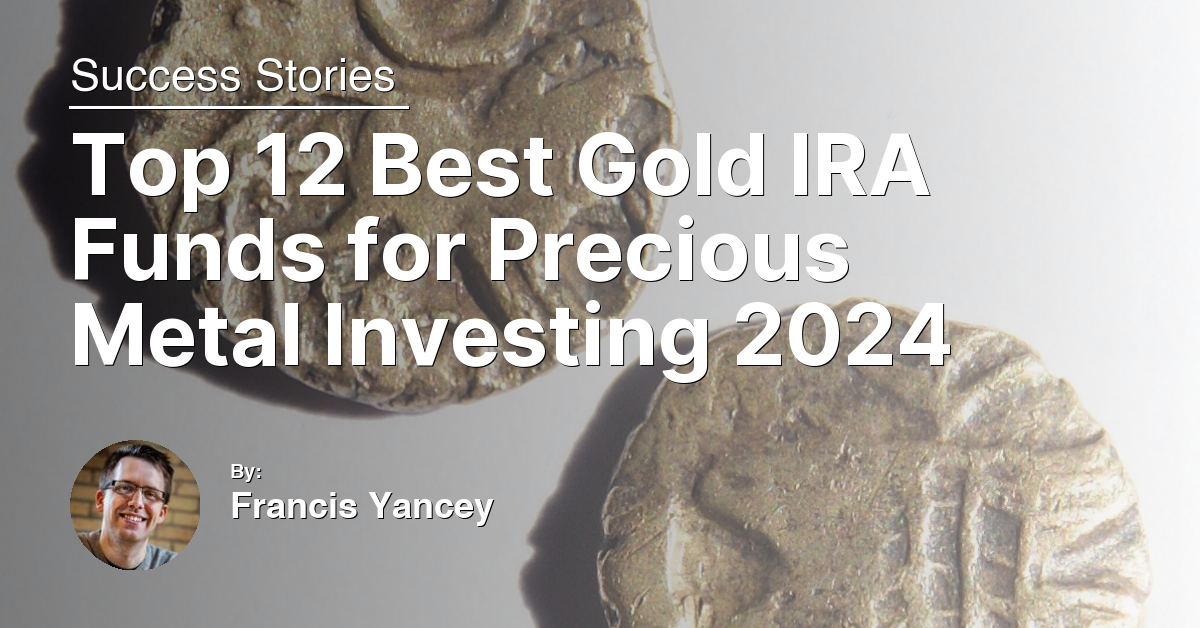In an ever-evolving financial landscape, securing one’s future has never been more crucial. The 401k to Gold IRA Rollover Guide Without Penalty offers a golden opportunity for those looking to diversify their retirement savings with a tangible asset. This comprehensive guide provides a step-by-step approach to transferring your 401k into a Gold IRA without incurring penalties, ensuring a seamless transition towards a more secure financial future. Whether you’re a seasoned investor or new to the world of precious metals, this guide will illuminate the path to safeguarding your retirement savings against inflation and economic uncertainties.
Understanding Gold IRA Rollovers
Gold is renowned for its hedge against inflation and market volatility, offering a safeguard for your retirement savings, especially during uncertain economic times reminiscent of the 2007–2008 financial crisis. Incorporating gold into your retirement plan can provide a blend of wealth preservation and potential growth, leveraging gold’s historical stability and appreciative capability.
Initiating a rollover requires selecting a reputable Gold IRA custodian and performing due diligence to understand associated fees and tax implications. Consulting with a financial adviser is crucial to navigate the complexities of a rollover, ensuring it aligns with your long-term retirement goals and risk tolerance. This strategic move can enhance your portfolio’s resilience, offering peace of mind and a robust financial foundation for the future.
Direct vs. Indirect Rollover Options
When deciding between a direct and indirect rollover for converting your 401(k) to a Gold IRA, understanding the tax implications and process is crucial. A direct rollover involves the transfer of your retirement funds directly from your 401(k) plan to your Gold IRA without you touching the funds. This method is preferred for its simplicity and because it avoids immediate tax deductions and potential penalties.
In contrast, an indirect rollover allows you to receive the funds from your 401(k) to then deposit them into your Gold IRA within 60 days. Failure to complete the transfer within this period subjects you to income tax on the withdrawal and possible early withdrawal penalties. While offering a short-term access to your funds, it carries a higher risk of incurring taxes and penalties.
Considering the volatility of markets and the desire for diversification in your retirement portfolio, choosing the right rollover option is essential. Direct rollovers tend to be the safer route, ensuring your investment in precious metals like gold, silver, platinum, and palladium is seamless and tax-efficient. Consulting with a financial adviser for personalized advice and conducting due diligence can further safeguard your assets and retirement strategy.
Selecting Precious Metals: Coins and Bars
When opting for a 401k to Gold IRA rollover, choosing between coins and bars is crucial for portfolio diversification and managing market liquidity. Coins, such as the American Eagle or Canadian Maple Leaf, offer advantages in terms of recognition and easier liquidity. They can often be more appealing to collectors and may carry a higher premium over spot prices due to their design and limited mintage.
Bars, on the other hand, might be preferable for investors focusing on gold as an investment purely for its metal content and value. They typically come with lower premiums than coins and are available in a variety of sizes, making them a more cost-effective option for bulk investments. However, it’s important to consider that larger bars may not be as liquid as coins or smaller bars when you decide to sell.
Both coins and bars provide a hedge against inflation and economic instability, echoing the lessons from the 2007–2008 financial crisis. Ultimately, the choice between coins and bars should align with your investment goals, considering factors like premiums, liquidity, and the overall strategy of your precious metal IRA.
Tax Implications and Benefits of Gold IRAs
Transferring your 401(k) to a Gold IRA can offer significant tax advantages and financial benefits, especially for those seeking to diversify their retirement portfolio beyond traditional stocks, bonds, and mutual funds. Gold and other precious metals like silver, palladium, and platinum, are considered hedges against inflation and currency depreciation, providing a safeguard during economic downturns similar to the 2007–2008 financial crisis.
Investing in a Gold IRA allows for the potential appreciation of your assets without immediate tax implications. The IRS treats gold as a collectible, but when held within an IRA, it defers taxes on any gains until distributions begin, typically at retirement. This deferral can result in a lower tax bracket upon distribution, offering a tax-efficient way to manage income.
Moreover, diversification into gold and precious metals can enhance portfolio stability, adding a layer of insurance against market volatility and liquidity issues.
Avoiding Tax Penalties with Proper Planning
Choosing a direct rollover is a safer approach, as the funds are transferred directly between custodians without you having to handle the money. This method significantly reduces the risk of incurring any penalties. It’s also crucial to verify that the gold investments—whether in coins, bars, or bullions—are IRS-approved to maintain the tax-advantaged status of your rollover IRA.
Incorporating gold into your retirement portfolio can offer a hedge against inflation and currency depreciation, diversifying your assets and potentially enhancing the overall stability of your retirement savings.
Opening and Funding a Self-Directed IRA
To open a self-directed Individual Retirement Account (IRA) for a 401k to Gold IRA rollover, first, select a reputable custodian experienced in precious metals. This custodian will guide you through the rollover process, ensuring you adhere to IRS rules to avoid penalties.
Next, complete the necessary paperwork to establish your self-directed IRA. This step involves providing personal information and making decisions about the custodial fees and investment choices.
Funding your IRA can be done via a direct rollover from your existing 401(k), ensuring that you maintain the tax advantages associated with retirement accounts. This move allows for greater diversification of your retirement portfolio, incorporating gold as an investment to hedge against market volatility and currency depreciation.
Choosing an IRS-Approved Custodian
Choosing an IRS-Approved Custodian for your 401(k) to Gold IRA rollover is crucial for ensuring that your retirement savings are both secure and compliant with federal regulations. An IRS-approved custodian specializes in managing precious metal assets and has the expertise to guide you through the rollover process without incurring penalties.
Look for custodians with a strong reputation for customer service, transparent fee structures, and a robust selection of precious metal coins and bars. This will not only provide peace of mind but also ensure that your portfolio benefits from diversification, which is essential for protecting your wealth against market volatility and inflation.
Comparing Gold IRA Investment Companies
Evaluate the types of gold (coins, bullion) and other precious metals offered, ensuring they meet IRS standards for IRA investments. This diversification can act as a hedge against inflation and market volatility, mirroring lessons from the 2007–2008 financial crisis.
Consider the company’s expertise in facilitating rollovers without incurring income tax penalties or affecting your retirement savings’ tax advantages. A seamless rollover process is critical to maintaining your financial asset’s value and ensuring your portfolio is well-positioned for both market liquidity and long-term growth.
Lastly, assess each company’s customer support, focusing on their ability to provide clear information and assist with complex aspects of the rollover, such as understanding IRS regulations and ensuring proper authentication of your personal information and financial assets.
The Pros and Cons of Gold IRAs
Pros of Gold IRAs:
Gold IRAs offer a unique form of diversification, moving beyond traditional stocks, bonds, and mutual funds. This can be a hedge against inflation and currency depreciation, as gold often retains value even when other assets fall. For those concerned with privacy, gold IRAs can provide an added layer of security, as transactions in gold may attract less attention compared to movements in a 401(k) or pension funds. Additionally, in the context of a financial crisis similar to 2007–2008, gold can act as a form of insurance for your portfolio, potentially increasing in value when other assets plummet.
Cons of Gold IRAs:
FAQs
What is a 401k to gold IRA rollover?
A 401k to gold IRA rollover is the process of transferring funds from a traditional retirement account, like a 401(k), into a self-directed IRA that permits investments in gold and other approved precious metals.
Can I roll my IRA into gold?
You can roll your IRA into gold, but it’s important to follow IRS rules to avoid penalties. This usually involves a direct transfer of funds between custodians.
Is it better to rollover to 401k or IRA?
It is generally better to rollover to an IRA rather than leaving your money in an old 401(k) due to lower fees and more investment options available.
Is gold a good 401k investment?
Gold can be a beneficial addition to a 401k investment as it helps safeguard wealth and mitigate risks from volatile investments.

